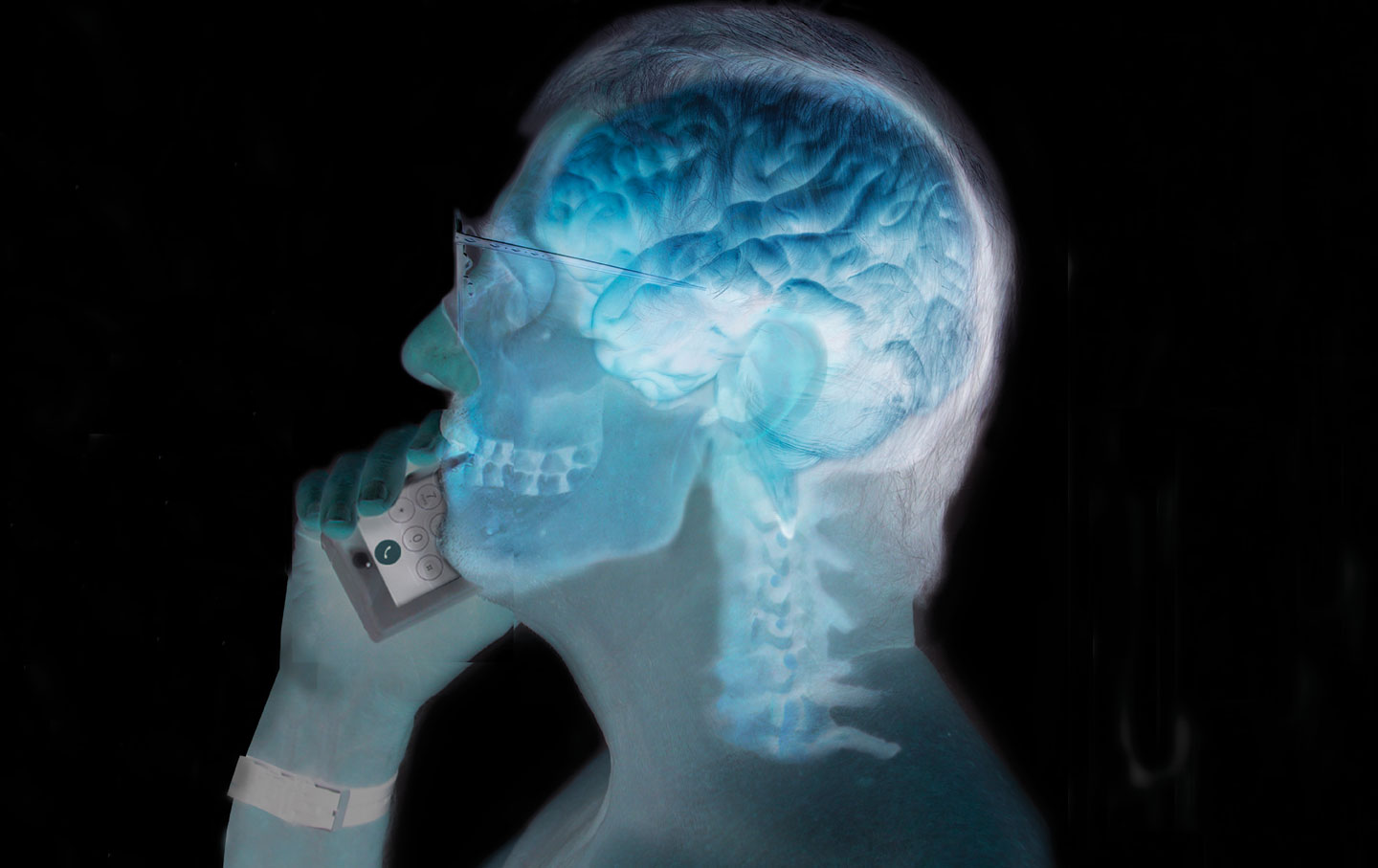
The disinformation campaign—and massive radiation increase—behind the 5G rollout.
MARCH 29, 2018
Things didn’t end well between George Carlo and Tom Wheeler; the last time the two met face-to-face, Wheeler had security guards escort Carlo off the premises. As president of the Cellular Telecommunications and Internet Association (CTIA), Wheeler was the wireless industry’s point man in Washington. Carlo was the scientist handpicked by Wheeler to defuse a public-relations crisis that threatened to strangle his infant industry in its crib. This was back in 1993, when there were only six cell-phone subscriptions for every 100 adults in the United States. But industry executives were looking forward to a booming future.
Remarkably, cell phones had been allowed onto the US consumer market a decade earlier without any government safety testing. Now, some customers and industry workers were being diagnosed with cancer. In January 1993, David Reynard sued the NEC America Company, claiming that his wife’s NEC phone caused her lethal brain tumor. After Reynard appeared on national TV, the story went viral. A congressional subcommittee announced an investigation; investors began dumping their cell-phone stocks; and Wheeler and the CTIA swung into action.
A week later, Wheeler announced that his industry would pay for a comprehensive research program. Cell phones were already safe, Wheeler told reporters; the new research would simply “re-validate the findings of the existing studies.”
George Carlo seemed like a good bet to fulfill Wheeler’s mission. He was an epidemiologist who also had a law degree, and he’d conducted studies for other controversial industries. After a study funded by Dow Corning, Carlo had declared that breast implants posed only minimal health risks. With chemical-industry funding, he had concluded that low levels of dioxin, the chemical behind the Agent Orange scandal, were not dangerous. In 1995, Carlo began directing the industry-financed Wireless Technology Research project (WTR), whose eventual budget of $28.5 million made it the best-funded investigation of cell-phone safety to date.
Outside critics soon came to suspect that Carlo would be the front man for an industry whitewash. They cited his dispute with Henry Lai, a professor of biochemistry at the University of Washington, over a study that Lai had conducted examining whether cell-phone radiation could damage DNA. In 1999, Carlo and the WTR’s general counsel sent a letter to the university’s president urging that Lai be fired for his alleged violation of research protocols. Lai accused the WTR of tampering with his experiment’s results. Both Carlo and Lai deny the other’s accusations.
Critics also attacked what they regarded as the slow pace of WTR research. The WTR was merely “a confidence game” designed to placate the public but stall real research, according to Louis Slesin, editor of the trade publication Microwave News. “By dangling a huge amount of money in front of the cash-starved [scientific] community,” Slesin argued, “Carlo guaranteed silent obedience. Anyone who dared complain risked being cut off from his millions.” Carlo denies the allegation.
Whatever Carlo’s motives might have been, the documented fact is that he and Wheeler would eventually clash bitterly over the WTR’s findings, which Carlo presented to wireless-industry leaders on February 9, 1999. By that date, the WTR had commissioned more than 50 original studies and reviewed many more. Those studies raised “serious questions” about cell-phone safety, Carlo told a closed-door meeting of the CTIA’s board of directors, whose members included the CEOs or top officials of the industry’s 32 leading companies, including Apple, AT&T, and Motorola.
Carlo sent letters to each of the industry’s chieftains on October 7, 1999, reiterating that the WTR’s research had found the following: “The risk of rare neuro-epithelial tumors on the outside of the brain was more than doubled…in cell phone users”; there was an apparent “correlation between brain tumors occurring on the right side of the head and the use of the phone on the right side of the head”; and “the ability of radiation from a phone’s antenna to cause functional genetic damage [was] definitely positive….”
No comments:
Post a Comment